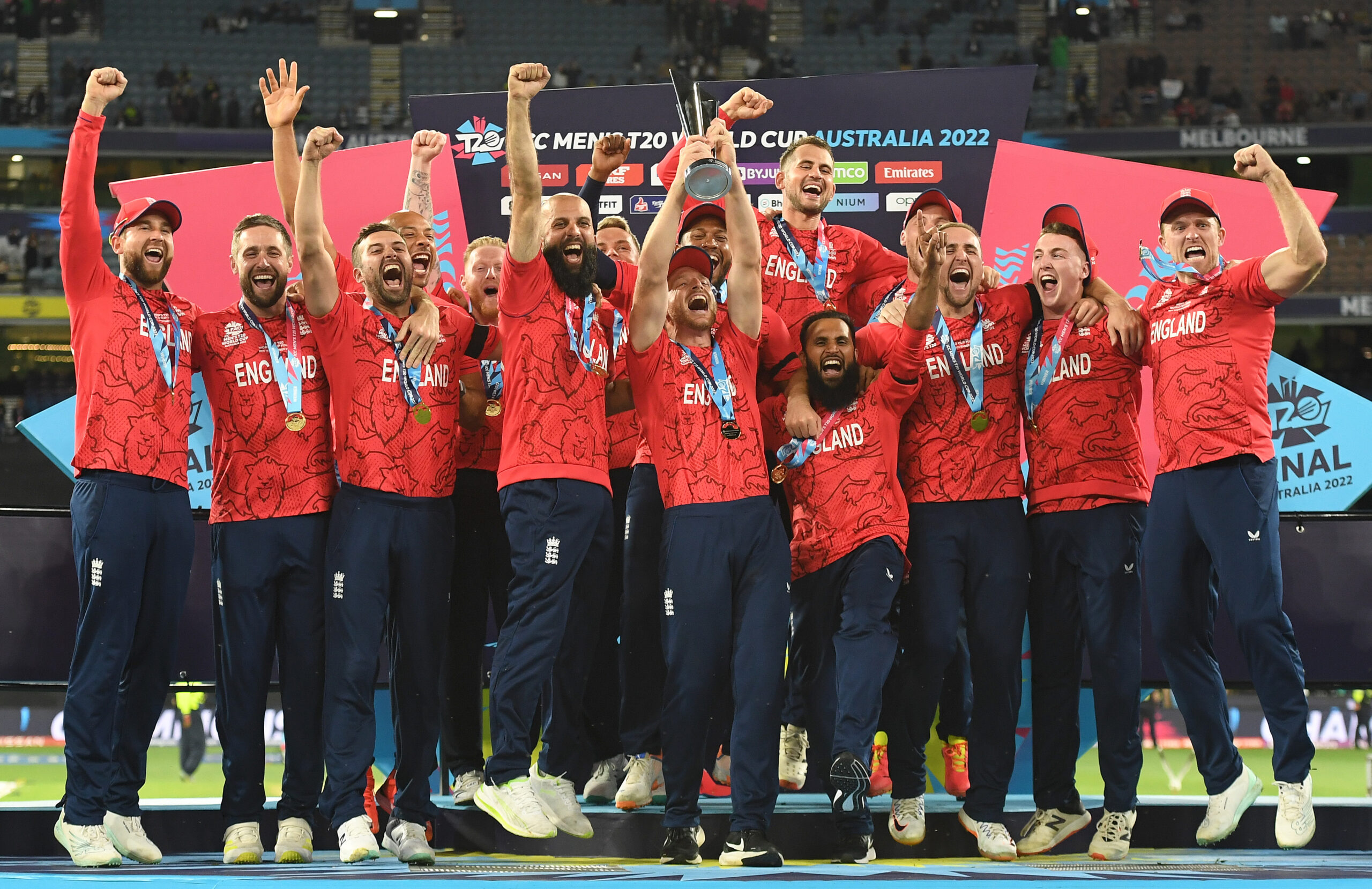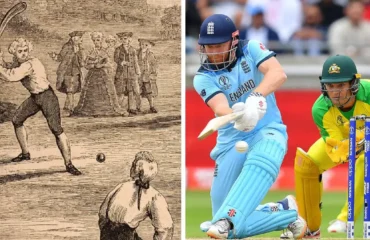The T20 Cricket World Cup, officially known as the ICC Men’s T20 World Cup, is a relatively recent addition to the international cricket calendar but has quickly become one of the most exciting and popular tournaments. The first T20 World Cup took place in 2007 in South Africa, with 12 participating teams. The concept of a T20 World Cup was initiated to promote the shortest format of the game and provide a global stage for the burgeoning popularity of Twenty20 cricket.
India emerged as the inaugural champions under the captaincy of MS Dhoni. The tournament witnessed unexpected successes and thrilling matches, with India defeating Pakistan in a high-pressure final. The success of the inaugural edition paved the way for the T20 World Cup to become a regular feature in the international cricket calendar.
Subsequent editions of the T20 World Cup have been held every two to four years, featuring an increasing number of teams. The tournament has seen different nations showcasing their T20 prowess, with West Indies establishing themselves as a force to be reckoned with in the format.
West Indies won back-to-back T20 World Cups in 2012 and 2016, displaying a brand of cricket that embraced the aggressive and entertaining nature of T20. The Caribbean team’s success was marked by powerful batting performances and a formidable lineup of T20 specialists.
As of my knowledge cutoff in 2022, the most recent T20 World Cup took place in 2021 in the United Arab Emirates. Australia emerged victorious, securing their first T20 World Cup title by defeating New Zealand in a closely contested final. This victory added another feather to Australia’s cricketing achievements, with the team demonstrating their adaptability across formats.
Page 2: History of T20 Cricket and Evolution of the Format
The T20 format originated in English county cricket during the early 2000s as a shorter and more spectator-friendly version of the game. The first official T20 domestic competition, the English Twenty20 Cup, was launched in 2003. The format’s success in attracting larger audiences and creating an electrifying atmosphere led to the rapid growth of T20 cricket globally.
The first international T20 match was played between England and Australia in 2005, setting the stage for the format’s expansion. The T20 World Cup in 2007 provided a global platform, and the success of the inaugural edition accelerated the popularity of T20 cricket.
The T20 format is characterized by its fast-paced nature, with each team facing a maximum of 120 deliveries in a match. Bowlers are under constant pressure to deliver, and batsmen are encouraged to play aggressive and innovative shots. The format places a premium on entertainment, resulting in thrilling encounters and high-scoring matches.
Domestic T20 leagues played a crucial role in popularizing the format, with the Indian Premier League (IPL) becoming a global phenomenon. Launched in 2008, the IPL brought together international stars, showcased young talent, and captivated cricket fans with its franchise-based model and entertaining cricket.
The evolution of T20 cricket has seen the rise of specialized T20 players who excel in the format. Batsmen with power-hitting abilities, spinners with variations, and agile fielders are highly valued in T20 squads. Leagues like the Big Bash League (BBL), Caribbean Premier League (CPL), and Pakistan Super League (PSL) have further contributed to the global T20 craze.
The T20 Cricket World Cup continues to be a pinnacle event in the T20 calendar, featuring the best teams from around the world. With its dynamic and vibrant nature, T20 cricket has not only provided a new dimension to the sport but has also played a significant role in attracting a diverse and global audience to the game.




